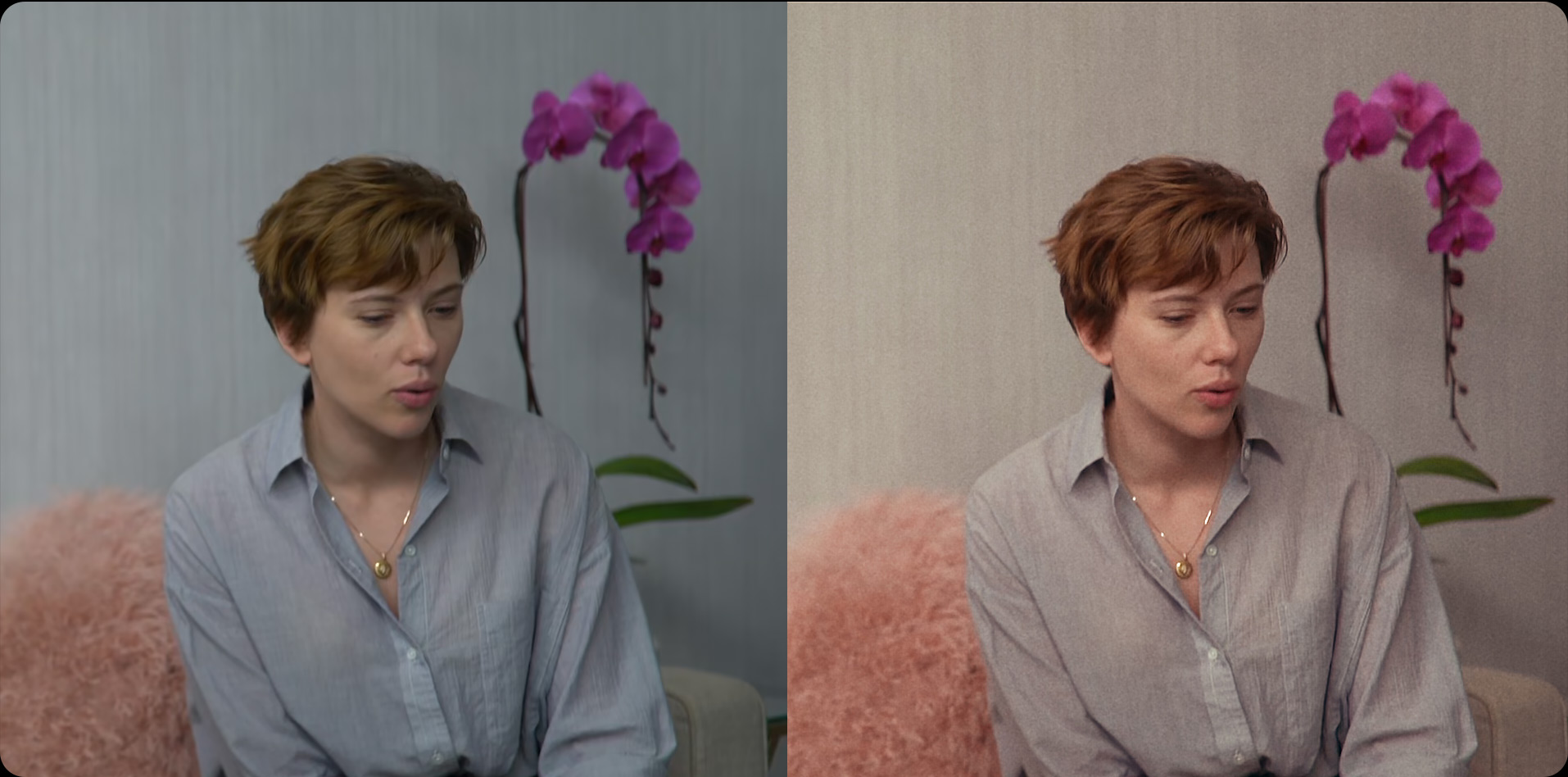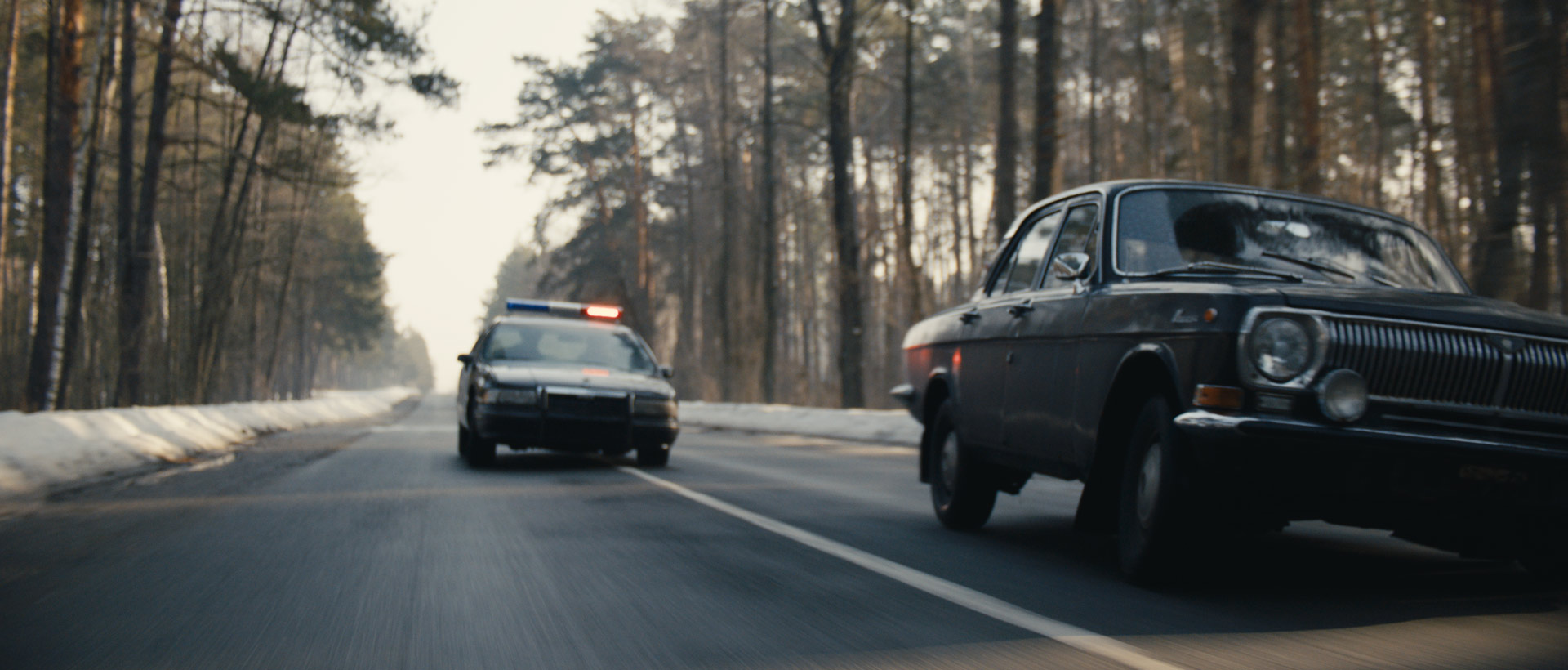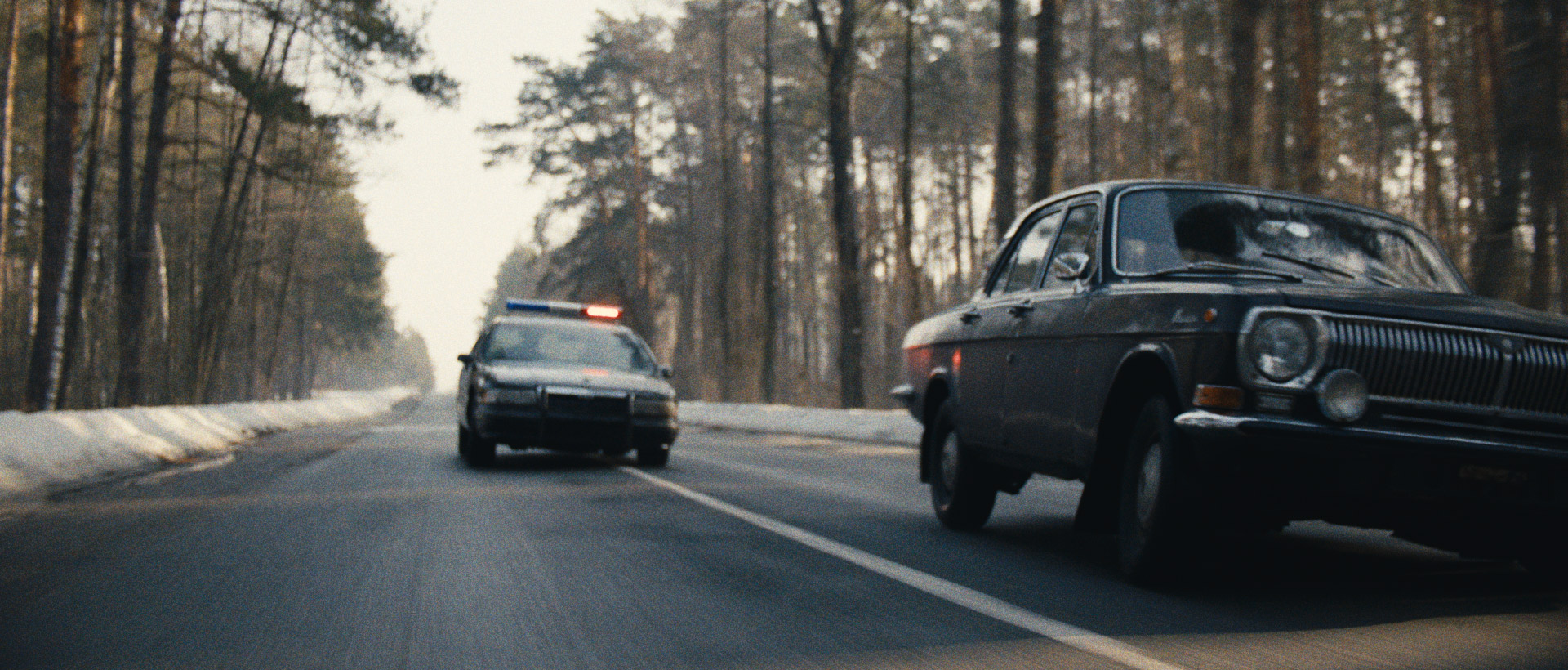LATEST RELEASES
11-11-2025 – LUT Cube Analyzer (TOOLS)
10-20-2025 – Film Elements v2 (DCTL)
08-03-2025 – Test Strip v2 (DCTL)
07-07-2025 – RGB Crosstalk v2 (DCTLs)
06-02-2025 – LOOK / LAB / PRINT v3 (DCTL)
04-20-2025 – Color Shift v4 (DCTL)
04-02-2025 – Test Strip (DCTL)
03-08-2025 – Gradient Test Ramps (DCTL)
02-24-2025 – Stretch (DCTL)
12-26-2024 – Border (DCTL)
12-18-2024 – RGB Split Tone – UPDATE (DCTL)
12-11-2024 – Reverse Engineering the Grade – UPDATE (COURSE)
11-07-2024 – Middle Gray (DCTL)
10-22-2024 – Film Elements (DCTL)
09-20-2024 – Utility DCTL – UPDATE (DCTL)
07-30-2024 – Articles (Web)
06-24-2024 – Aspect Ratio Calculator (TOOLS)
06-09-2024 – Color Palette (DCTL)
06-01-2024 – Color Shaper (DCTL)
05-24-2024 – Hue Twist & Bend (DCTL)
Our tools are used by professional colorists
on productions currently streaming on
Netflix, Disney+, Paramount, Apple TV, Stan., Sky Atlantic, and more.

Marriage Story (2019) / Directed by Noah Baumbach / © Heyday Films
Behind-the-scenes still (left) and recreated grade based on the final film look (right)
REVERSE ENGINEERING THE GRADE
Reverse Engineering the Grade began as a personal study comparing behind-the-scenes stills with the final graded shots from a film. The goal was to understand how the look was created and to recreate it with a clean, minimal node structure.
This work evolved into a pre-recorded video course where I show the entire workflow step by step. You will learn how to analyze scopes, build a simple fixed node tree, create film-inspired color harmony, and translate these methods to log footage and new projects.
TOOLS FOR COLORISTS
I develop DCTLs and workflow tools designed to support a clear and efficient grading process. Each tool focuses on solving a specific problem in a simple and practical way.
FILM GRAIN
Film Grain is the centerpiece of the Film Elements DCTL pack. It is designed to recreate the natural texture and tonal response of real film. The grain integrates into the image structure, responds to exposure and color shifts, and avoids any tiling or pattern repetition. It was developed with the goal of achieving the most organic and visually pleasing film grain possible in digital form.
BALANCE
Balance is part of the Utility DCTL pack. It is designed to support accurate and consistent color, with a focus on skin tones and neutral areas. The tool provides visual guidance rather than automated correction, making it easier to see where adjustments are needed and to work with intention.
It can highlight skin tones, neutrals, exposure, and saturation relationships, and it includes split-view modes for quick comparison. This makes it helpful not just during grading, but also when studying or analyzing film stills. You can use Balance to examine how color is structured, how skin tones are maintained, and how contrast and palette choices shape the overall look.
BLOG
In my blog, I share what I’ve learned through working and studying color. You’ll find posts on film grain, halation, lens behavior, color harmony, and the fundamentals of color management, as well as entries on skin tones and thoughts on tools like Color Slice. I also provide downloadable sample footage. The goal is to help you sharpen your eye and make more confident, intentional grading decisions.






